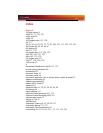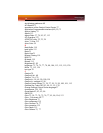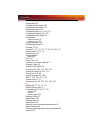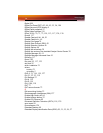
127
contain 4-pins within a single connection housing and are commonly found
on consumer DVD players, VCRs, game consoles, and related devices.
Texel
Short for “texture element,” the 3D equivalent of a pixel, describing the
base unit of the surface of a 3D object, such as a sphere; for a 2D object,
such as a circle, the base unit is a pixel.
Texture Mapping
In computer graphics, two-dimensional textured surfaces are referred to as
texture maps. Texture mapping is the process by which a two-dimensional
surface gets wrapped around a three-dimensional object so that the 3D
object takes on the same texture qualities. For example, if you take a 2D
textured surface that looks like cloth and wrap it around a 3D sphere, the
sphere will now appear to have a cloth-like surface.
Texture Preference
Texture Preference is a feature enabling the user to select the texture quality
level for the surface of a 3D object. Selecting the highest quality possible
will provide the most realism, although it may also have some impact on
the performance of any 3D intensive application.
Transition Minimized Differential Signaling (TMDS)
A technology designed to reduce electromagnetic interference (EMI) and
improve the digital signal delivered to flat panel displays. Its encoding
algorithm converts the original 8-bit graphic data into a more fault-tolerant
10-bit signal, which is then converted back to its original 8-bit form at the
display device. The signal is also DC-balanced, allowing for the option of
transmitting the signal over fibre-optic cable. DVI connectors can
incorporate up to two TMDS links, with each “link” comprised of the
number of signals required for standard RGB output. Higher resolutions
and refresh rates than standard are possible if multiple TMDS links are
available by using multiple DVI connectors.


















